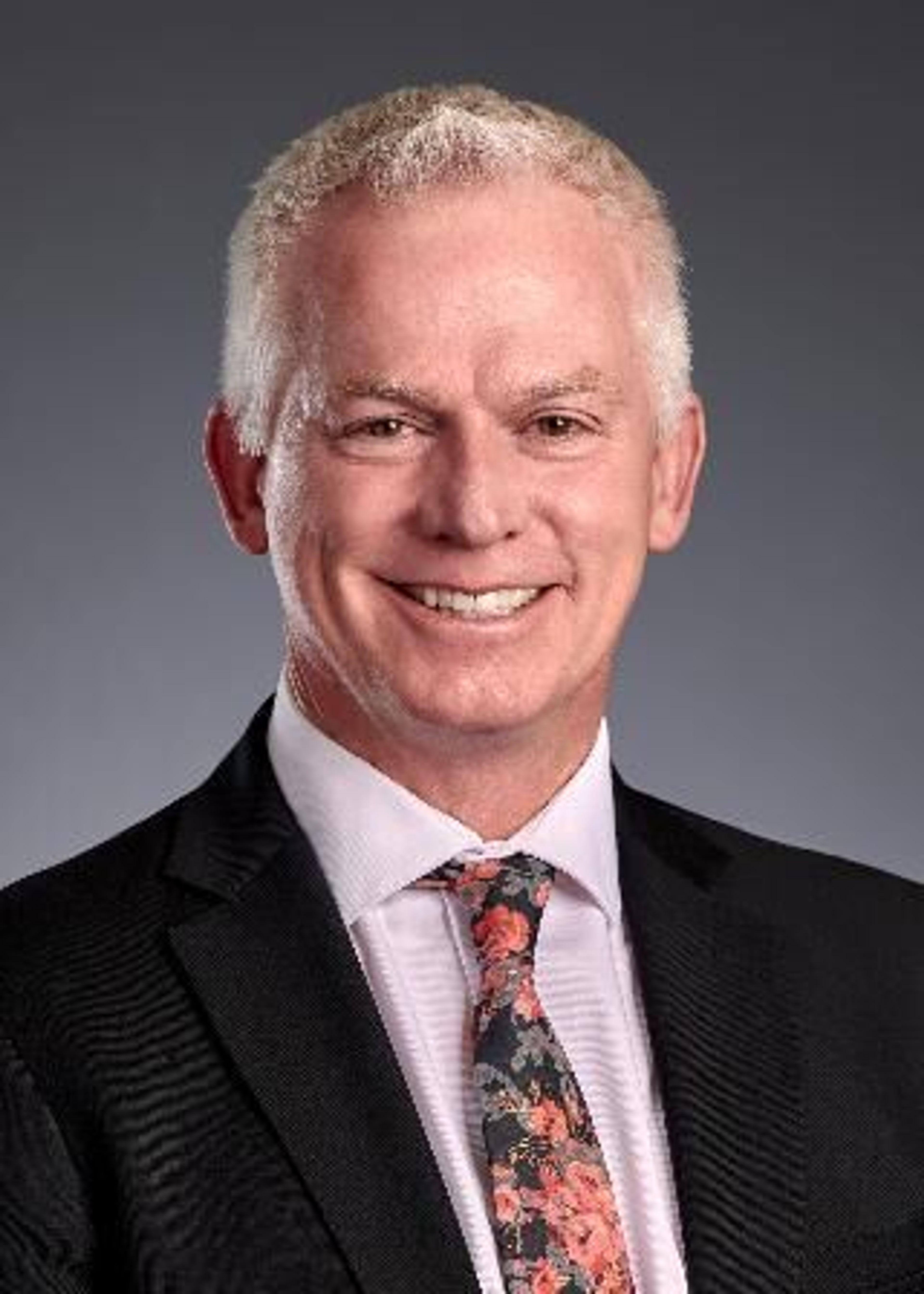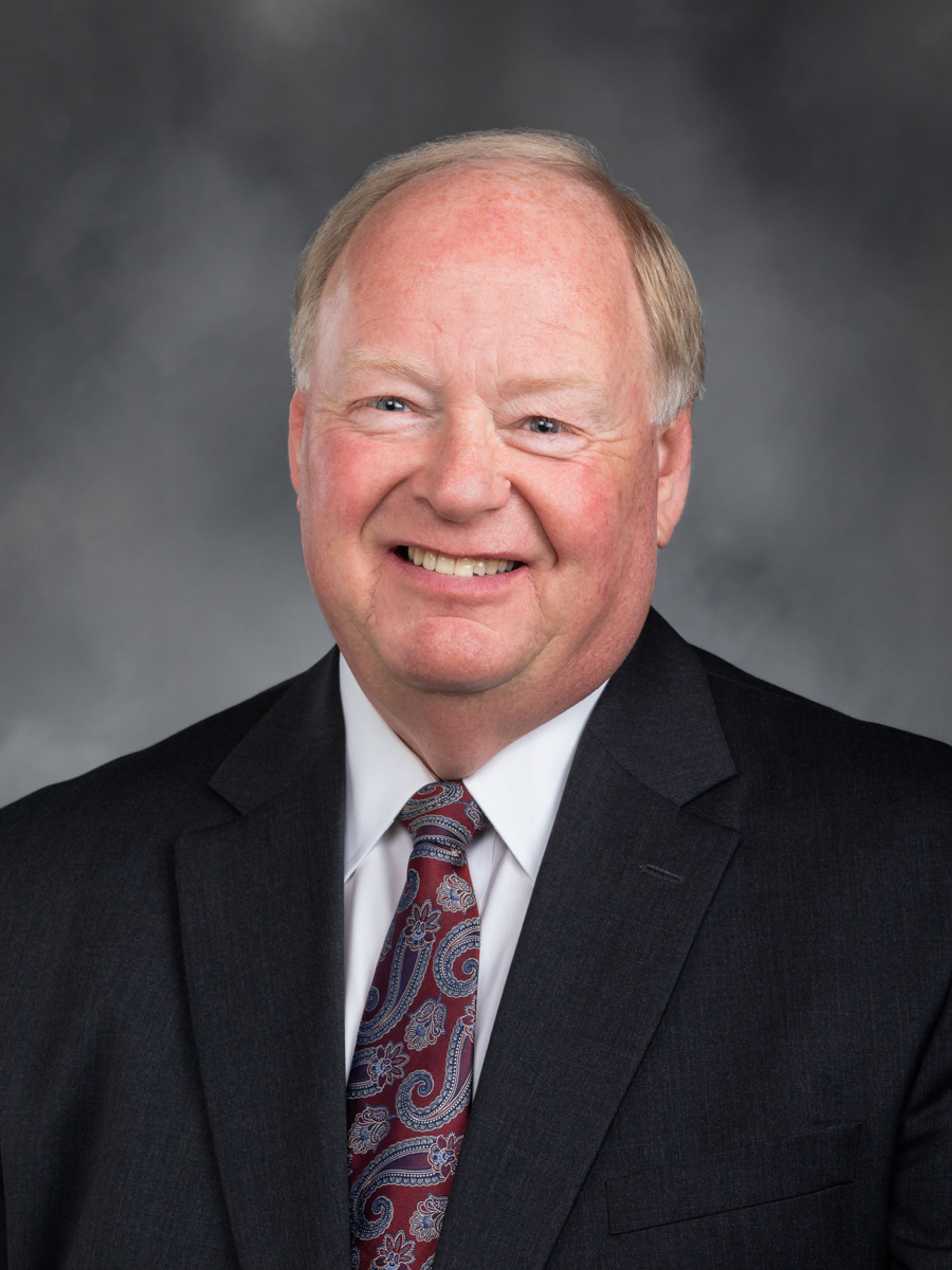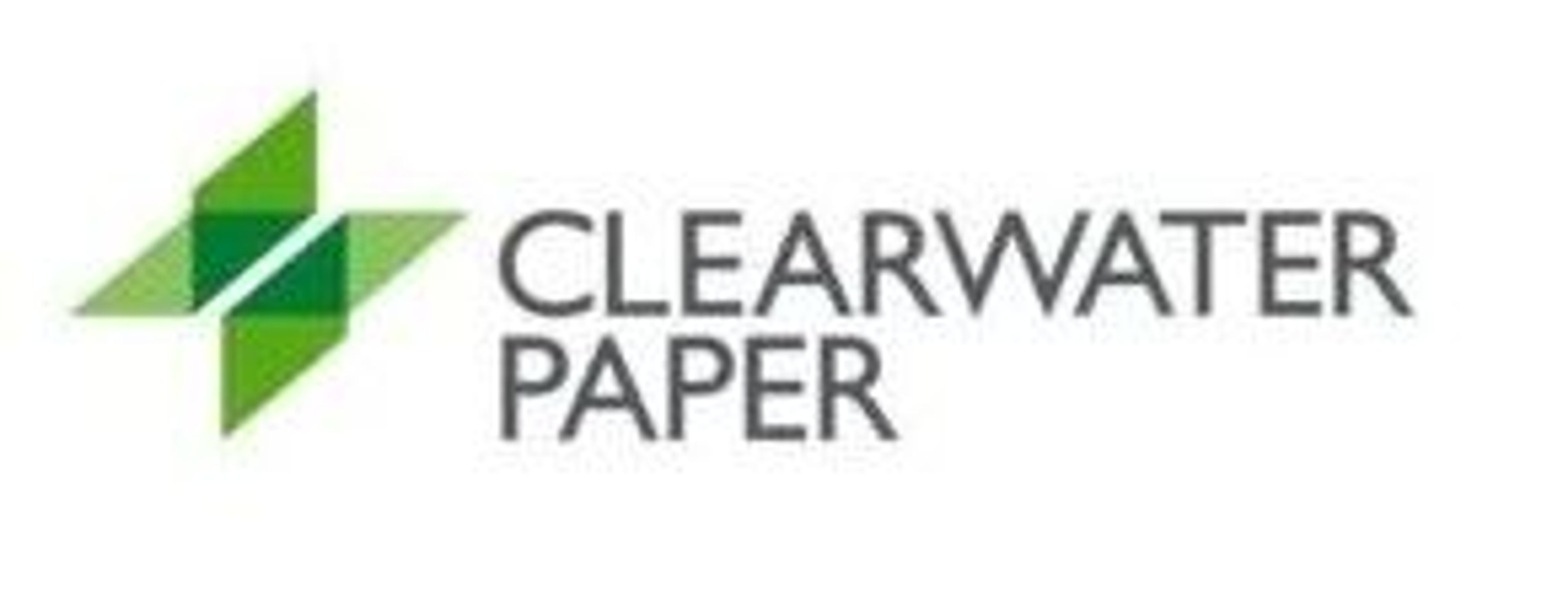BOISE — On Day 44 of the Idaho legislative session, a House committee voted to approve Gov. Brad Little’s top priority for 2024: school facilities.
The House Revenue and Taxation Committee voted Tuesday to send HB 521 to the floor for a vote. Testimony was relatively brief and all in support, although many had concerns over small aspects of the legislation.
The nearly 30-page bill does a variety of things, including: adds sales tax revenue to a fund that school districts would be able to bond against; reduces corporate and individual income taxes; removes the August election date for bonds and levies; changes the way lottery proceeds are diverted to school districts; and gives the governor authority to appoint the executive director and president of the State Board of Education. The bill had been introduced on Feb. 8.
House Speaker Mike Moyle, R-Star, and newly selected House Minority Leader Jason Monks, R-Meridian, presented the bill Tuesday to the committee.
“I want to emphasize that this is a tax-cut bill,” Moyle told committee members.
The bill would also eliminate an existing program called the bond levy equalization act and create a committee to look into implementing statewide model school facilities plans to save on architectural and engineering costs when constructing new buildings.
WHAT THE BILL DOES FOR SCHOOLS
Monks went over the many details and functions of the bill; the committee spent an hour on the presentation and questions from members.
The bill would add an estimated $75 million to a funding pot created by property tax legislation passed last year with HB 292; this money comes from an increase in the percentage of sales tax going to the School Districts Facilities Fund as well as a diversion from lottery proceeds.
With the new funds, Nampa School District is expected to receive an additional $3.5 million from the fund in fiscal year 2025 and Boise’s district could see around $6 million, according to numbers distributed by the governor’s office
Lewiston could see nearly $1.3 million in additional funds and Moscow around $523,000. Pocatello would receive about $3.3 million and Idaho Falls around $2.8 million of these new funds.
The School Districts Facilities Fund can be used to help pay, in order of priority, bonds, levies, saved-for-future construction needs and lastly new bonds. The existing fund also includes money from online sales tax revenue and a “surplus eliminator,” which directs up to $50 million in excess state general funds to school districts; the surplus eliminator function of HB 292 expires at the end of fiscal year 2025.
The legislation also creates a new fund and diverts an anticipated $125 million from sales tax revenue into this fund, which the state will use to bond for $1 billion to make available for schools. Districts would be able to put the money toward construction, renovation or maintenance.
For this pot of money, West Ada School District could see around $140 million in fiscal year 2025. Boise School District’s distribution would be capped at $40 million, because it is under a charter district levy, which is available to districts that existed before statehood and allows them to charge a fixed percentage rate on some taxes they levy. Lewiston also falls in this category but wouldn’t hit the limit with an expected $17.8 million from the new funds.
The funding would be distributed to school districts based on average daily attendance.
Monks said the idea is that officials would prefer the facility funding go to schools with students in the building.
During the pandemic, the state temporarily began allocating money to schools based on enrollment instead of attendance. When Idaho switched back to an attendance-based distribution, many schools saw large reductions over the previous year, totaling a projected nearly $162 million for this year, IdahoEdNews reported.
The legislation includes an expiration on the formula of average daily attendance, requiring that the Legislature evaluate in 2035 how it wants to proceed with distributing the money; the funds will still be available to the state on an ongoing basis. It’s how they will be given to each school district that will sunset in 10 years.
House Assistant Minority Leader Lauren Necochea, D-Boise, said she had concerns over potential inequities in how the funds will be distributed. She was also worried about the distribution aspect expiring in 10 years while districts may still need the funds to pay off bonds and levies.
There would also be requirements from districts asking for funds, such as submitting a 10-year plan for the money and attesting that schools won’t drop to a four-day week if they aren’t already on one. Those on four-day weeks would need to show that they meet minimum contract and instruction days — these minimums are not yet established and would be created by the Idaho State Board of Education by Aug. 1 if the bill passes.
It also prohibits school districts using these funds from requiring job applicants to sign diversity statements, which are meant to outline how candidates will contribute to efforts to improve diversity, equity and inclusion. The State Board of Education already prohibits this from the state’s colleges and universities.
Rep. Ned Burns, D-Bellevue, asked why the diversity statement aspect of the bill was important to include.
Monks replied his concern is the statements would allow “discrimination” in hiring. He added that state appropriations often include stipulations for how the state’s money will be used once given. None of the funds from this bill can go toward staff pay.
THE RESPONSE
Representatives of school administrators, school boards, teachers and county government spoke in support of HB 521. Although the hearing room was nearly full Tuesday, public testimony was short, with most people saying there were some potential issues in the bill but that it was a needed step in the right direction.
Andy Grover, executive director of the Idaho Association of School Administrators and former longtime superintendent of the Melba School District, spoke in support. He cited a 2022 report by the state Office of Performance Evaluations that found an estimated $847 million backlog to get Idaho’s schools in “good” condition.
“This is the first real attempt, I think from the state standpoint at least, since I’ve been in this industry, which as been quite a while, that we’re really trying to address the fact that facilities cost a lot of money,” Grover said.
He said he did have some concerns about the requirement for districts that operate on a four-day week. Currently, districts build schedules around instruction hours, not days, as would be required to receive the funds.
Over 40% of the state’s traditional districts are on four-day weeks currently, he said.
“There may be a whole bunch of our districts that can’t access these funds for a year,” Grover said.
Jason Knopp, from the School Boards Association and Melba school board, said the bill is a “huge and important leap in making the necessary improvements.” He added that districts will likely still need to go to the voters to cover costs.
He also had apprehension around the four-day week aspect. He said smaller districts have found the shorter school week to be a useful hiring recruitment and retention tool when they can’t compete with larger districts on wages.
Seth Grigg of the Idaho Association of Counties said the organization was in favor because it changed some of the timing associated with HB 292 that had been difficult for local treasurers. There is also a change to the state’s new system for paying to defend people in court for those who can’t afford it.
Around $3 million in online sales tax would also be diverted to a recently reformed State Public Fund for child protection cases. During this year’s confirmation hearing for the new State Public Defender Eric Fredrickson, it came to light that the office wasn’t equipped to deal with these types of cases, Idaho Reports reported.
Little had highlighted funds for school maintenance and construction as his No. 1 priority in his State of the State address.
“This top priority bill proposes the largest investment ever in school facilities and lowers income taxes even further,” Little said in an emailed statement. “It also has the added benefit of long term property tax relief because the state is footing the bill for many improvements local property owners would otherwise cover.”
INCOME TAXES
HB 521 would reduce both individual and corporate tax rates from 5.8% to 5.695%. This is expected to reduce the state’s revenue by about $60 million in fiscal year 2025.
In the 2022 September special session, the Legislature approved a tax reduction and implemented an essentially flat tax rate.
Rep. Jerald Raymond, R-Menan, said he would “never argue” against a tax reduction, but noted that there was a short time line between the two income tax cuts. The state is also seeing a decline from the past two years in revenues because less federal money is coming into the state with the end of the pandemic public emergency and more funding is being designated for other programs.
“It just gives me a little pause,” Raymond said.
Monks said he felt the state could afford another reduction. He added that if there are issues with the bill, the Legislature will be back next year to address them.
Necochea said she explained to her sixth-grade daughter that the bill added money for school buildings but also permanently reduced revenue with income taxes, and her daughter responded, “That sounds counterproductive.”
“I have to agree with my sixth-grader,” Necochea said.
She noted that the flat tax rate cut will disproportionately benefit wealthier households, which did not reflect her priorities.
Necochea was the only committee member to vote against the bill. She said she was concerned about long-term effects of the legislation, and she also didn’t feel like it was in compliance with the rule that bills must address a single subject.
“I just don’t think we’ve ever mucked around with how the State Board of Education appoints its president in the House Revenue and Tax Committee,” she said. “I just think it’s inappropriate to hang all of these other things on what’s clearly a school facilities funding bill.”
Rep. Kenny Wroten, R-Nampa, said he thought the bill was a good step and didn’t think the members should let “perfect be the enemy of good.”
The only other Democrat on the committee, Burns, said there were aspects of the bill he didn’t like, but he would support it.
“I understand that this is the legislative process, and we’ve got to make some sausage,” Burns said. “There’s a couple flavors in the sausage that I’m not super keen on, but not enough to make me vote no.”
Guido covers Idaho politics for the Lewiston Tribune, Moscow-Pullman Daily News and Idaho Press of Nampa. She may be contacted at lguido@idahopress.com and can be found on X, formerly Twitter, @EyeOnBoiseGuido.









